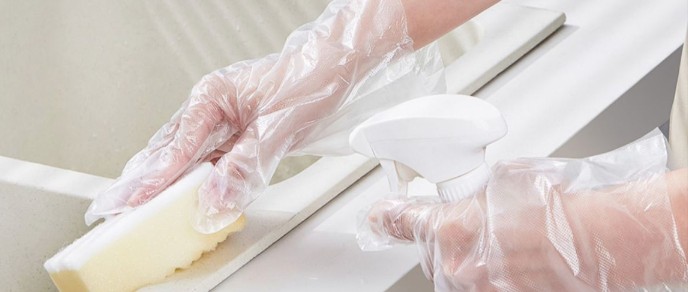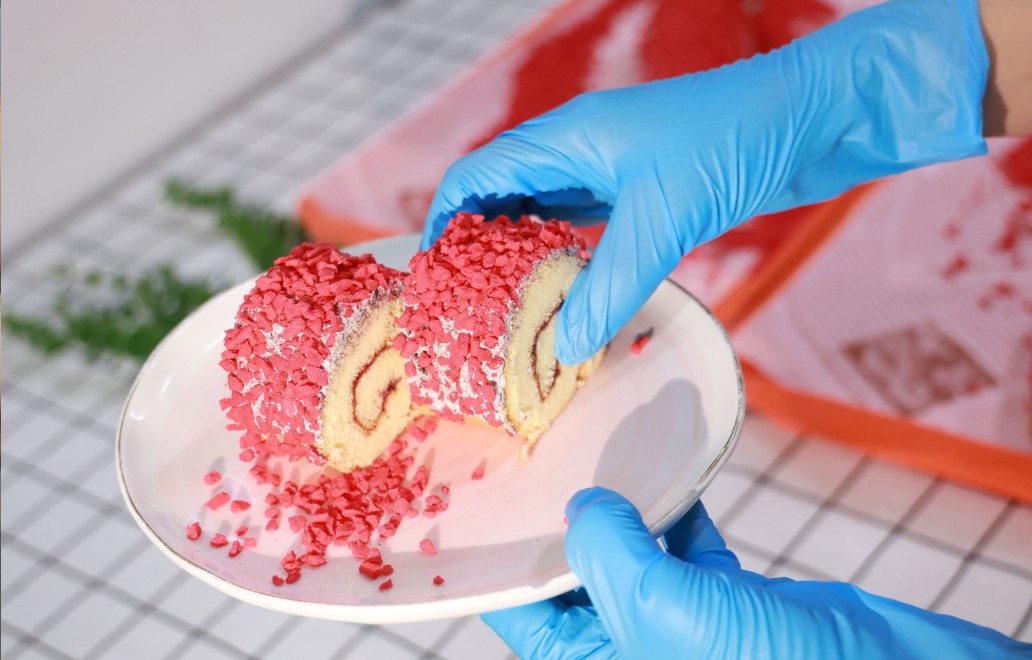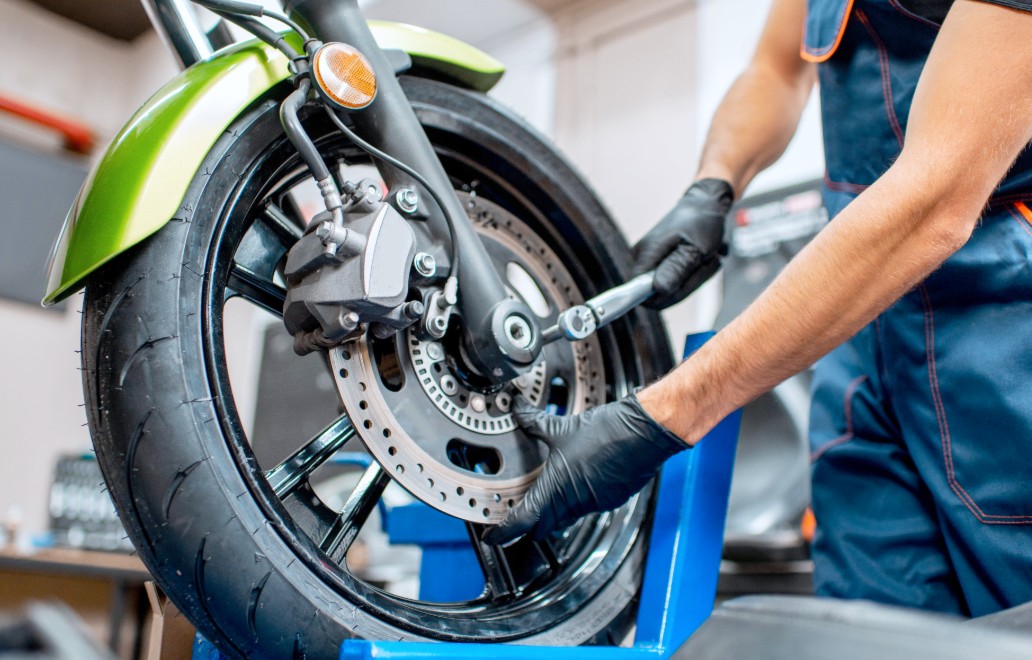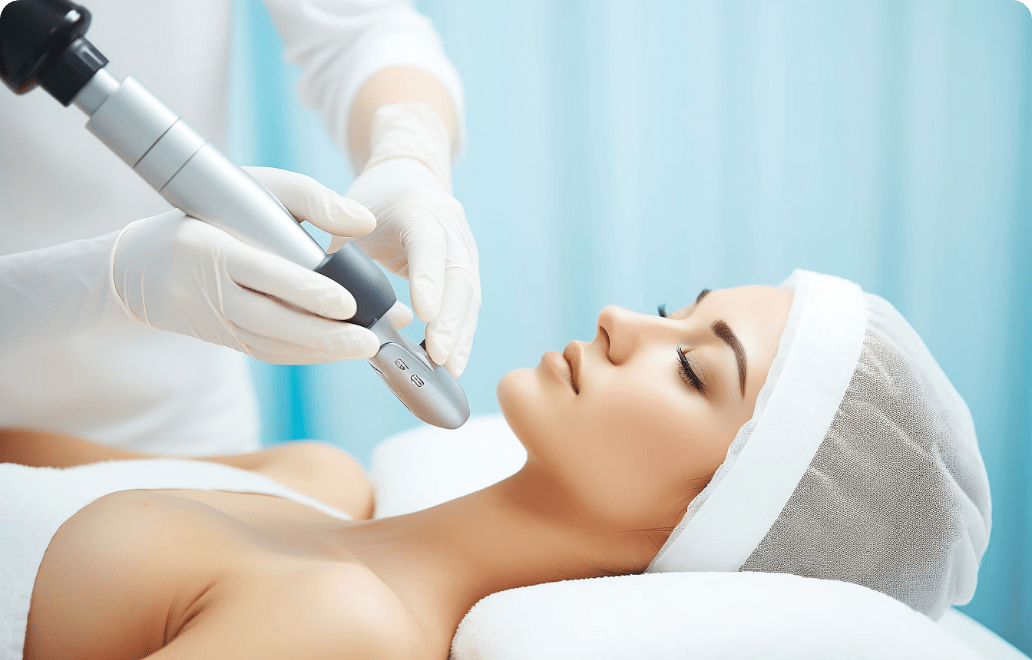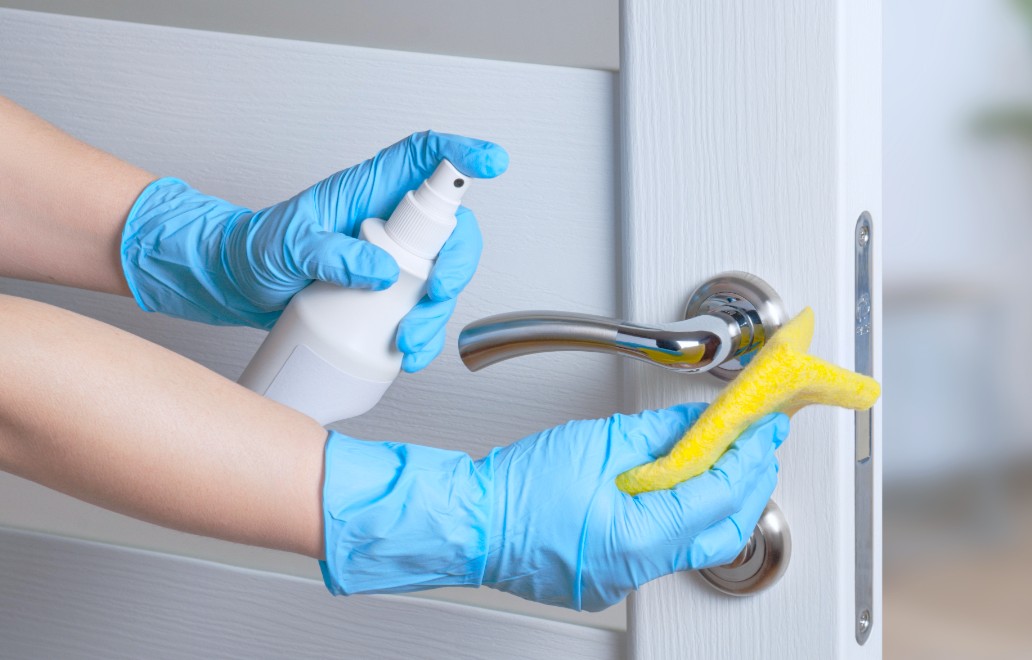Glove products
12 Important Points When Selecting Cleanroom Gloves
1. The number of particles and extractables
The number of particles and extractables in gloves used in cleanrooms will have a greater impact on the environment. These two data should be evaluated and meet the cleanroom grade requirements. For material specifications, cleanliness testing and evaluation procedures, and other characteristics of cleanroom gloves, refer to IEST-RP-CC005 “Test Standard for Finger Cots for Cleanroom Gloves”.
2. Comply with industry standards
Cleanroom gloves are classified according to cleanroom class. A cleanroom class is a classification that measures the amount of airborne particles in the environment. The cleanliness class of the cleanroom gloves currently on the market is defined according to the ISO 14644 standard, whose main test criterion is the number of particles contained in the glove.
Cleanroom gloves are generally categorized as ISO 4 (Class 10), ISO 5 (Class 100), and ISO 6 (Class 1000). the smaller the ISO value, the higher the cleanliness class of the glove. Gloves of ISO 5 or higher are used in high-cleanliness cleanrooms. They contain less than 1,200 particles and can be used in a variety of clean environments. ISO 6 gloves are used in general cleanroom environments and contain more than 3,000 particles. Different cleanliness levels apply to different environments. Therefore, it is important to take the cleanliness level into consideration when selecting cleanroom gloves.
3. Durability and strength
The durability and strength of gloves are two important factors that must be considered, especially for sterile cleanroom gloves. It is even more necessary to ensure that the gloves are durable enough to provide a reliable protective barrier and ensure the continuity of production, and avoid cleanroom environmental pollution caused by glove rupture.
4. Antistatic ability and non-volatile residues
Some cleanroom environments, especially the electronics industry, are very sensitive to static electricity, so the anti-static discharge function of gloves needs to be evaluated. Some cleanroom environments need to consider non-volatile residues (NVR), which cannot be removed from the surface through the evaporation process. Gloves suitable for these environments should be evaluated to ensure that they do not contain non-volatile residues.
5. Comfort
Comfort is a very important part of glove performance evaluation. It is well known that if gloves are comfortable to wear (soft texture and easy to stretch), it will greatly improve the work experience, work efficiency and quality. For example, some users prefer to wear gloves that distinguish between left and right hands. The design of these gloves is different for the left and right hands, which can effectively reduce hand fatigue.
6. Anti-slip tackiness
The tackiness of gloves is also an important factor. In some cases, people prefer high-tack gloves to make it easier to grasp objects and effectively prevent them from slipping. In other cases, smooth materials are chosen to facilitate single-layer or even double-layer wear, which is more common in sterile environments. The number of lines on the gloves can be more or less. Some gloves have a full surface design of lines, while others only have lines on the fingertips. The full-line design is more suitable for gloves that do not distinguish between left and right hands, because no matter which glove is picked up, the line design can be felt.
7. Rolled opening
The ring-shaped rolled opening is another feature of most gloves, which makes it easier to grasp the gloves and pull them up during the wearing process, and also reduces the possibility of rupture during the wearing process.
8. Required glove length
Glove length is another issue to consider. Cleanroom gloves are generally 10 inches or 12 inches long, measured from the tip of the middle finger to the wrist guard. 12-inch gloves are used in more demanding cleanroom environments and are used with clean suits. Longer gloves allow the sleeves of the protective suit to be rolled into the gloves, avoiding the sleeves of the protective suit from bulging due to air flow through the cuffs, resulting in exposed skin and potential contamination risks.
9. Ability to protect hands
Most cleanroom gloves are designed to protect the cleanroom environment from contamination by personnel. However, the workers themselves also need protection from various chemicals, acids, or other hazardous factors in the environment, such as biohazards. Therefore, the protective performance of the gloves is also important. Some cleanroom operators may believe that one type of glove cannot meet all needs, and that a variety of gloves should be provided according to the work tasks being performed.
10. AQL quality level
For a cleanroom, it is very important to ensure that the environment operates in compliance with regulations continuously and stably. For this reason, the same batch of gloves should ensure consistency throughout the entire process from raw materials to processing, so the AQL acceptable quality level is an important data to measure the stability of glove quality, that is, the probability of defective gloves in a batch of products. The lower the AQL, the lower the possibility of defective gloves. The AQL level set by ASTM (American Society for Testing and Materials) for gloves should reach 2.5, and some glove brands will even exceed this requirement, which means that there will be fewer pinholes on the gloves and a higher level of protection.
11. Data analysis certificate report
Make sure your glove supplier can provide a certificate of analysis (COA) that marks the number of particles, extractables and other important data for each product batch, trend data, technical specification table, and if you purchase sterile gloves, you should also provide an irradiation certificate (COI). Some brands will provide this information on their website, which can be checked at any time after entering the batch number of the gloves. The actual data is generally better than the average because the average reflects the quality consistency throughout the production process.
12. Packaging and Sterility
Cleanroom design, operator processes, and proper cleaning and sterilization are critical to cleanrooms, but failure to properly control, clean, and monitor who or what enters the cleanroom can lead directly to contamination. Therefore, special attention should be paid to how and where the gloves are packaged.
Are the gloves packaged in a cleanroom environment? Are they double-wrapped and have additional packaging pads to ensure cleanliness? If you are working in a sterile environment, the gloves you choose should be specially treated for cleanrooms (not surgical medical environments) and packaged in polyester bags that are also sterilized by gamma irradiation or other methods to reduce the potential level of biocontamination. Sterilization completely removes and destroys live bacteria, making them unable to reproduce.
For sterile cleanrooms, sterile gloves must be packaged in a way that allows for easy aseptic donning (without compromising sterility when the gloves are donned). Glove sterility is more easily protected if the gloves are packaged in a way that allows for easy opening.






